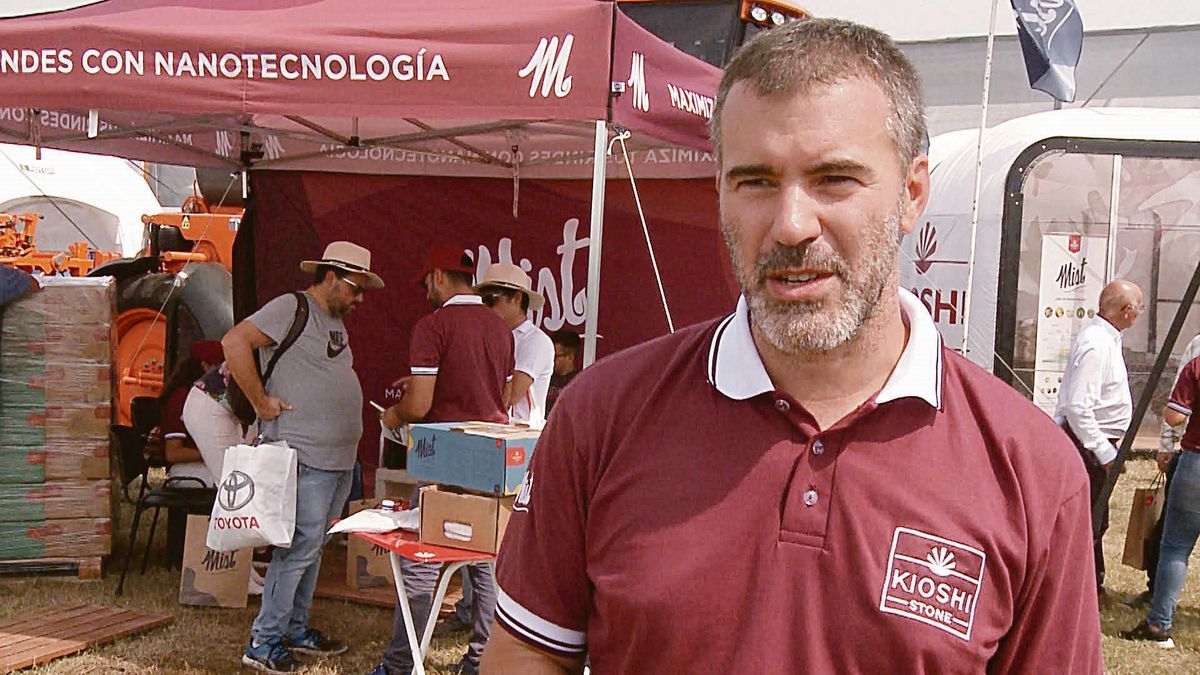Gabriel Lema: The last one was a rare campaign, more than anything from the climatic point of view because depending on the areas, the second-class crops had better performance than the first-class ones and that in our business causes the months of demand to run and everything is delayed 30 or 40 days. Despite this situation, sales were very good because there was also an encouraging outlook in terms of prices and that changes the mood of the producer. We are in the field of specialties within fertilizers and in general we do not depend so much on the demand for traditional products, but if the business climate is positive, with high prices and a good forecast, the producer thinks that he can take care of his soil that may not have been attending in recent times. It was a good season and I think the same way forward, I see a very enthusiastic producer in wheat and barley with good prospects for yield.
Q: How does the producer assess the available technology?
G.L.: Everything that is technology and development has a very interesting permeability in agriculture and that is very interesting because we are talking about a conservative market.
The generational change is increasingly noticeable and we see productive units that are managed by younger professionals, who come with a different mentality. Although the adoption of technology grows year by year, we do not lose sight that we are in a sector that is conservative and that takes steps gradually. What we do see is that there is great interest in seeking efficiency, taking care of non-renewable resources. A few years ago talking about carbon footprint was something strange and today more than one large farm is considering it.
Q: Why is technology adoption slower for certain products?
G.L.: We must not forget that agricultural production is a risky activity, which depends on natural conditions, the market and the decisions made by each producer, therefore one can make a fertilization plan, a sustainable nitrogen management, but yes A year comes with a strong dry season, that is lost. Therefore, the changes are taking place gradually, because every year the producer puts into play a mass of money that he wants to recover. Perhaps everything that is digital has a different speed, where the field is highly permeable and that is why those tools entered more easily. But I see good reception and in general the market continues to grow in products that bring a technological advance.
Q: What plans do you have from Kioshi for the near future?
G.L.: We have the objective of generating a complete option of certified products for organic production, both for the European Union and for the United States. We must have a long-term look, which today is focused on intensive crops, vines, blueberries, olive trees and many others that depend on certification. We see that there is an increasing trend in this type of production, that is why we are working on a new nano technology fertilizer. Today we have phosphorus available and we are incorporating nitrogen, something challenging in our technology, because although nitrogen exists through the contribution of organic matter, there is no approach from nanotechnology.
Q: What is it like to go through investment processes in the context of Argentina in recent years?
G.L.: We are very clear that without investment there is no growth. We cannot just be looking at the situation, that’s why every year we bring new equipment from abroad and we continue to bet on the future just like the sector in which we are. We are always thinking about what will be the next step, the next challenge because that is present in our DNA.
–


